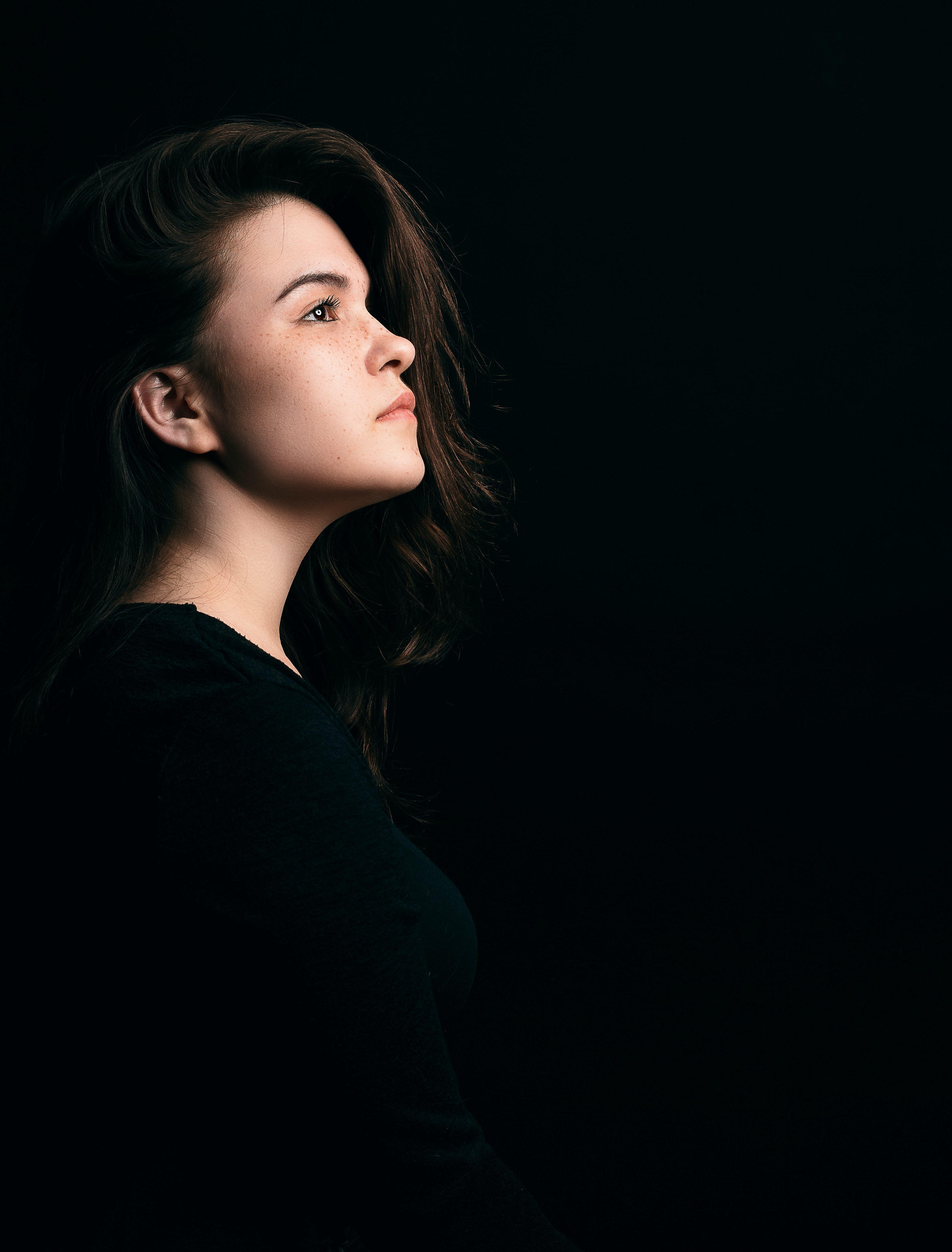
The Skinny
Average Recovery
3 weeks
Permanence
Permanent
Application
Surgical Procedure
Surgical
Yes
Cost
$2200 - $7000
AEDIT
Before & After Images by Provider






Before & After Images by Provider
Asian Blepharoplasty
The Specifics
What is an Asian blepharoplasty?
An Asian blepharoplasty (aka a double eyelid surgery) is a cosmetic surgery procedure performed by a plastic surgeon to create a natural appearing static eyelid crease in the upper eyelid. Individuals of Asian descent with a monolid (single eyelid) typically utilize Asian blepharoplasty to achieve an upper eyelid crease.
The Anatomy of the Eye

The epicanthal fold at the medial epicanthus of the upper eyelids seen in those of Asian descent is a prominent feature of Asian eyelids. Additionally Asian eyelids are termed a monolid or single eyelid due to their lack of the eyelid fold type most commonly seen in Caucasian eyelids.
There are two different Asian Blepharoplasty techniques to achieve the desired upper eyelid appearance:
The results of the upper eyelid plastic surgery are permanent, and will be immediately noticeable following the double eyelid surgery procedure. Bruising, swelling, and pain of the upper eyelids will persist for up to ten days. Most patients are comfortable being in public two weeks post op, but will need to limit strenuous activities for up to four to six weeks.
What cosmetic concerns does an Asian blepharoplasty procedure treat?
Who is the ideal candidate for an Asian blepharoplasty procedure?
The ideal candidate for an Asian blepharoplasty is seeking a permanent, natural appearing upper eyelid crease. This double eyelid surgery is most commonly in individuals of Asian descent. Asian blepharoplasty is not recommended for patients with significant brow ptosis, bulging/prominent eyes, chronic dry eyes, or certain medical conditions.
What is the average recovery associated with an Asian blepharoplasty procedure?
The acute healing phase of an Asian blepharoplasty lasts about seven to ten days. Swelling, bruising, and pain typically last one week and can be mitigated with cold compresses and over the counter pain medications. Nonabsorbable sutures will be removed from the upper eyelids after one week. Strenuous physical activity and sun exposure should be limited for four to six weeks.
To better understand the healing and downtime associated with the procedure, check out our complete guide to blepharoplasty recovery.
What are the potential side effects of an Asian blepharoplasty procedure?
The potential side effects of an Asian blepharoplasty include difficulty in closing the upper eyelids to the lid margin when sleeping, blurred vision, swelling and bruising, scarring, bleeding, and changes in sensation.
What can someone expect from the results of an Asian blepharoplasty procedure?
The results of an Asian blepharoplasty are immediately noticeable, permanent enhancements to the upper eyelid with the formation of a natural eyelid crease. The results will be subject to natural aging over time.
What is the average cost of an Asian blepharoplasty procedure?
This is a one time plastic surgery procedure that can cost anywhere from $2,200 to $7,000. The actual cost of an Asian blepharoplasty is dependent upon location, plastic surgeon, and length and involvement of the plastic surgery. Learn more in our complete guide to blepharoplasty cost.
Pros
- Larger Appearing Eyes
- More Energetic Look
Cons
- Possible Asymmetry
- Insufficient Correction
- Possible Undesired Results Such As Hollow Superior Sulcus
- Possible Undesired Results Such As Multiple Creases
Invasiveness Score
Invasiveness is graded based on factors such as anesthesia practices, incisions, and recovery notes common to this procedure.
What to Expect
Asian blepharoplasty, or double eyelid surgery, creates a natural looking crease on the eyelid and is performed using two techniques: suture ligation or external excision. Here is a quick guide for what to expect before, during, and after an Asian blepharoplasty.
The Takeaway
An Asian blepharoplasty is an upper eyelid plastic surgery (upper blepharoplasty) performed by a plastic surgeon through an open incisional approach or the suture method. Also referred to as a double eyelid surgery, this procedure creates a natural appearing upper eyelid crease. This plastic surgery eyelid procedure is performed on single eyelids, which is most commonly seen in individuals of Asian descent.







